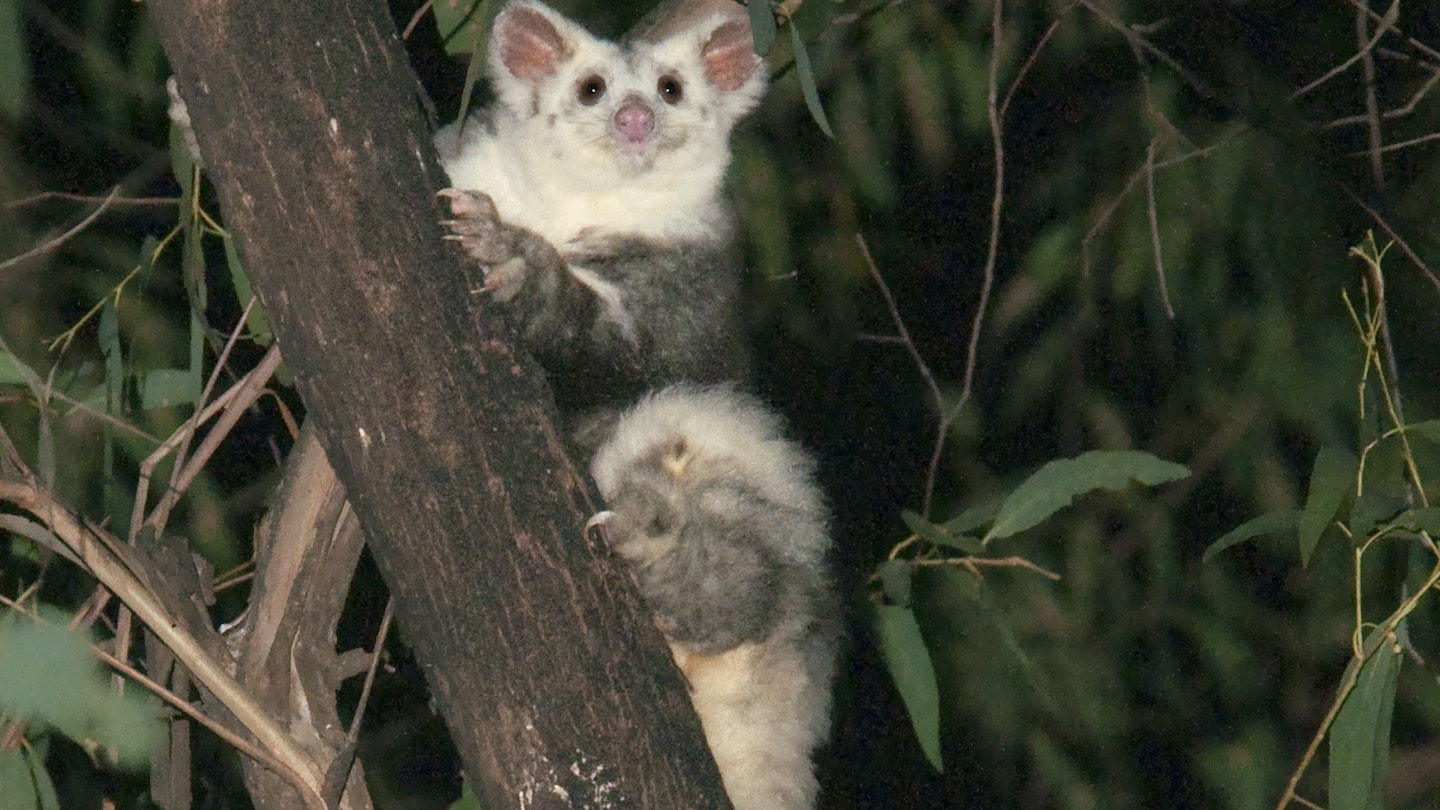Understanding the Greater Glider: Australia’s Unique Marsupial
Greater gliders are remarkable, possum-like marsupials capable of soaring up to 100 meters between towering eucalyptus trees in their native Australian forests. Recent research reveals that what was once assumed to be a single species encompasses three distinct species, highlighting the necessity for enhanced conservation efforts to secure the future of greater gliders.
Characteristics and Habitat
Most closely related to ring-tailed possums, greater gliders are smaller in size and maintain a highly specialized diet, primarily consuming eucalyptus leaves. This diet not only provides their sustenance but also their hydration needs. These marsupials inhabit forests along the Great Dividing Range, spanning from northern Queensland to southern Victoria. A collaborative research effort by institutions such as James Cook University (JCU), the Australian National University (ANU), the University of Canberra, and CSIRO utilized Diversity Arrays technology to confirm their classification into multiple species.
Scientific Implications
According to Denise McGregor, a co-author of a study on this topic, the conclusive genetic evidence of the greater glider’s distinct species fundamentally alters how we perceive and study these animals. The implications are vast, particularly concerning conservation strategies.

Conservation Status
Historically prevalent, greater gliders are now classified as at risk due to habitat loss and the pressures of their specialized eucalyptus diet. Their reliance on older trees with sufficient hollows for shelter exacerbates their vulnerability. Long-term monitoring reveals significant declines and localized extinctions over the past two decades. The recognition of greater gliders as multiple species underscores the need to prioritize their unique habitats.
Denise McGregor further noted, “When assessing conservation statuses, it’s critical to consider the species’ distribution. Understanding their classification into three separate species indicates a significantly reduced range. This heightened specificity makes conservation efforts even more essential.”

Dr. Kara Youngentob from ANU also emphasized the significance of species identification and classification for effective conservation management. She pointed out that, “This year, Australia faced an unprecedented bushfire season, resulting in significant habitat loss and mortality. Consequently, there has been heightened attention towards understanding the genetic diversity of species to bolster resilience against climate change.”





